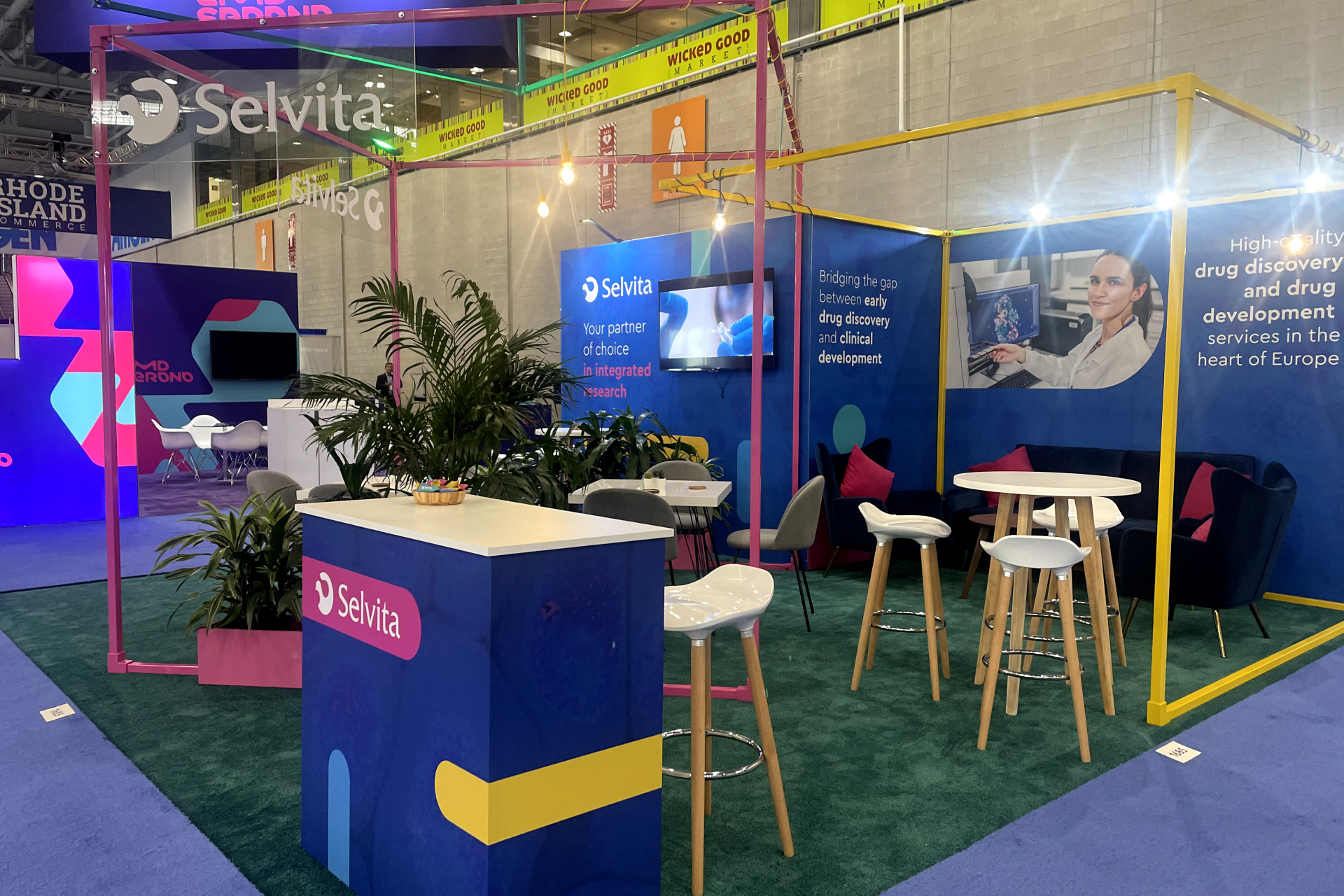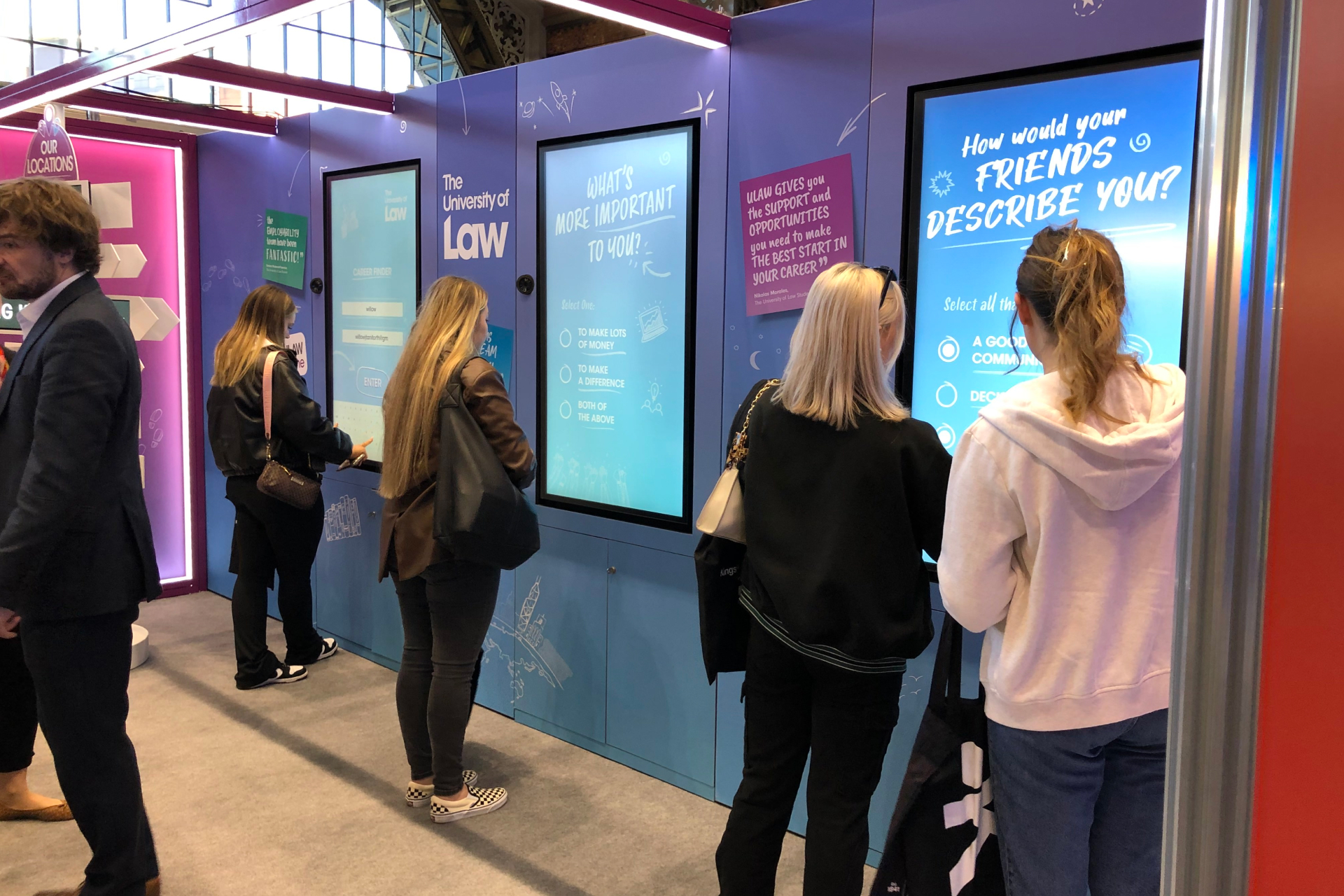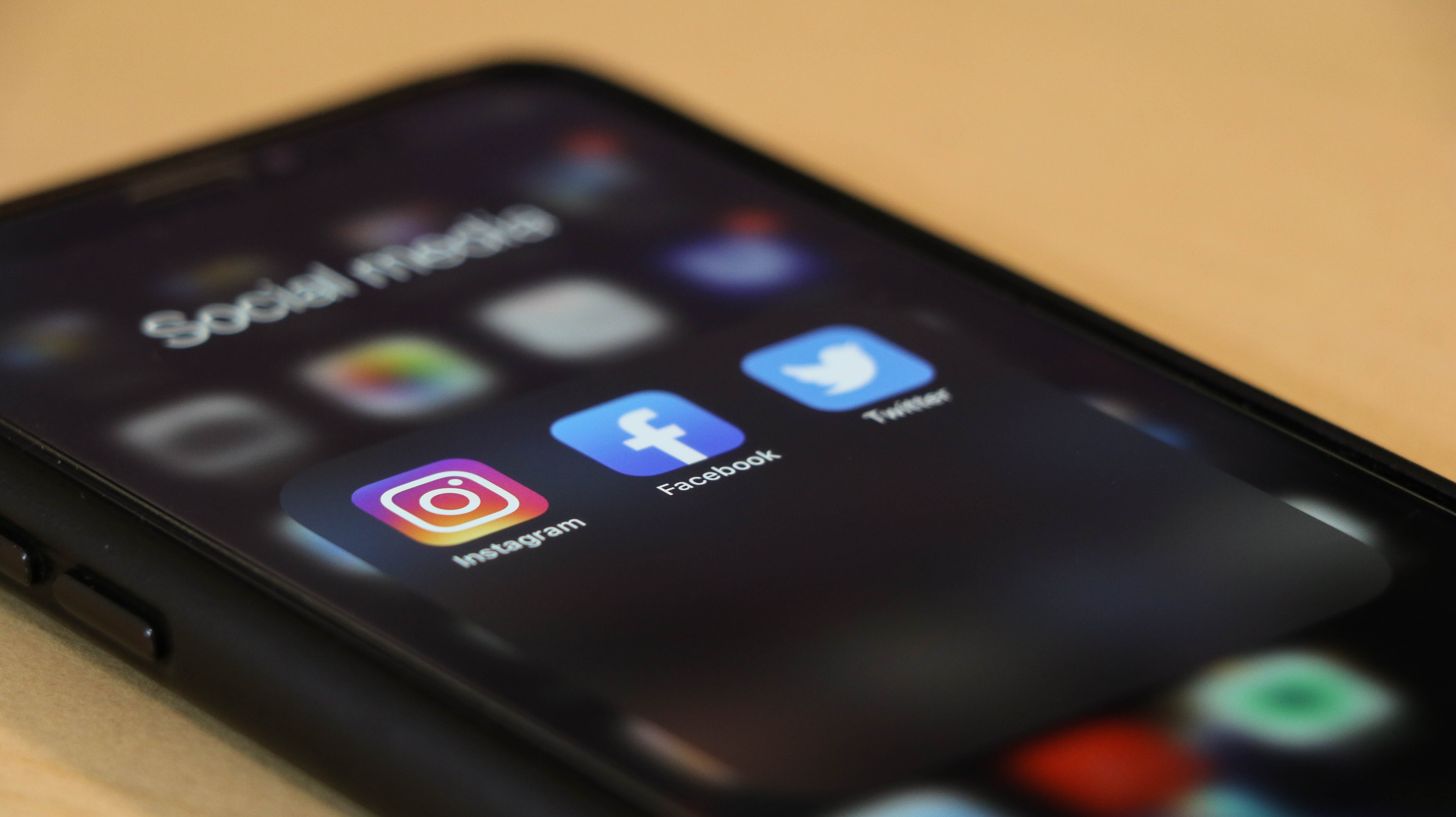The Evolution of Exhibition Stand Design: Past, Present, and Future
The landscape of exhibition stand design and the consequent attendee experience has undergone a metamorphosis over the years, one which mirrors the constant advancement in technology and shifts in consumer behaviour. Exhibition stands are no longer just about catchy visuals and pamphlet distribution. They have evolved into dynamic, interactive spaces that focus on immersive brand storytelling, engaging tools, and a robust before-and-after event strategy. In this comprehensive dive into the evolution of exhibition stand design, we will explore how past practices have laid the groundwork, how current trends are reshaping the exhibition floors, and what the future holds for companies looking to make a lasting impression.

past: the bedrock of traditional exhibition experiences
the objective and design aesthetics
In the past, exhibition stands were predominantly about function over form, with heavy-duty materials and a utilitarian approach. The primary goal was straightforward - to showcase products and services in the most direct way possible. Flexibility and portability were not top priorities. Designs often featured static imagery and bulky, one-size-fits-all components.
engagement and brand storytelling
The traditional exhibition stand was less about engagement and more about presentation. Brand storytelling was mostly one-dimensional, relying on face-to-face interactions and basic presentations. Audio-visual equipment, if used, was quite rudimentary - think overhead projectors and VHS tapes. The pitch was direct, often involves a salesperson elaborating on the benefits of products showcased on pedestals or behind glass cases.
pre-event preperation and engagement tools
Pre-event preparation was largely logistical, with a focus on physical setup and transportation of materials. Engagement tools were simple: brochures, flyers, and business cards served as the primary media for conveying information. There was limited use of pre-event marketing, with most efforts concentrated on maximizing on-the-day foot traffic.
post event follow-up
Follow-up strategies were straightforward and manual. Data collection often involved gathering business cards or filling out paper forms, leading to a lengthy process of post-event contact. The potential for sustained engagement post-event was recognized, but there was no streamlined way to maintain communication or measure ROI effectively.
challenges with this old exhibition follow-up rechniques
- Manual Process: With traditional follow-up methods, all tasks were executed manually. This not only required more resources but was also time-consuming and error-prone. The time spent managing databases and manually reaching out to each attendee could have been invested in strategic tasks.
- Lack of Timeliness: With manual processes, the timeliness of the follow-up communications was often compromised, leading to delays which could result in missed opportunities.
- Lack of Segmentation: The traditional method didn’t prioritize segregating leads based on their interests or engagement level at the event. The lack of segmentation led to generic follow-up messages that lacked personalisation.
- Inefficiency in Scheduling Follow-Up Meetings: Inability to quickly schedule follow-up meetings could result in lost momentum, creating missed opportunities for in-depth discussions and potential collaborations.
- Insufficiently Capturing Feedback: The traditional follow-up technique didn't effectively leverage feedback from the attendees to improve upcoming events. Paper-based methods for feedback collection were not always effective or accurately filled.
- Limited Long-term engagement: Traditional methods didn't allow for sustained interaction with attendees beyond the event. The focus was primarily on immediate next steps rather than building long-term relationships.
present: The Dawn of brand experiences
design innovation and customisation
Today, exhibition stand design is governed by innovation, customization, and sustainability. Lightweight materials, modular designs, and technology integration have become standard. The aesthetics have also transformed to support brand stories, with bespoke designs that create a unique atmosphere and resonate with the target audience.
interactive storytelling and engagement
The narrative is no longer linear. Interactive touchpoints, such as VR experiences, digital kiosks, and social media integrations, invite attendees to engage with the brand on multiple levels. Through storytelling, companies lead visitors on a journey that encompasses not just what they offer but what they stand for.
pre-event hype and digital tools
Advanced digital marketing strategies are now employed pre-event to maximize engagement and anticipation. This involves teaser campaigns on social media, email marketing, apps for previewing the exhibition experience, and personalized invites. Tools like CRM systems and analytics platforms help tailor the pre-event communication and measure interest levels. Creating pre-event hype has become an essential strategy for ensuring the success of modern exhibitions. In this digital era, leveraging a wide array of tools and platforms not only amplifies anticipation but also significantly extends the reach of event promotions. Here’s how present exhibitions are harnessing these digital tools to generate buzz and engage potential attendees even before the event begins:
- Social Media Platforms: Social media is undeniably at the forefront of generating pre-event hype. Platforms like Instagram, Twitter, Facebook, and LinkedIn are used to create excitement and keep the audience engaged with regular updates, countdowns, and teasers. Hashtags specific to the event are employed to track conversations, encourage sharing, and facilitate engagement. Live sessions, Q&As with speakers or exhibitors, and behind-the-scenes peeks are also utilized to boost anticipation and build a community around the event.
- Email Marketing Campaigns: Email campaigns remain a powerful tool for personalized pre-event communication. Segmented email lists allow organizers to tailor their messages to different audience segments, providing relevant information and building anticipation.
- Interactive Websites and Landing Pages: Event websites and dedicated landing pages serve as central information hubs for prospective attendees. These platforms can house everything from detailed agendas, speaker bios, registration information, to interactive content like videos, podcasts, or downloadable resources related to the event theme.
- Mobile Apps: Many present exhibitions also deploy dedicated mobile apps to enhance the pre-event experience.
- Influencer Collaborations: Collaborating with influencers or thought leaders within the industry can amplify pre-event hype significantly. Influencers can share their personal excitement and plans for attending the event across their platforms, reaching a broader audience that might not have been aware of the exhibition.
data-driven post event engagement
The lead follow-up process has become a precise science, with data capture techniques ranging from RFID scanning to lead capture apps enabling real-time data collection. This data feeds into automated marketing systems, allowing for personalized follow-ups and detailed analysis of engagement metrics that help refine future exhibition strategies. As we've transitioned from generic approaches to more personalized and efficient methods, leveraging data collected during the event has become crucial. Here's a deeper dive into the benefits and applications of data-driven post-event follow-up in current exhibitions:
- Collecting Rich Data: The first step toward a data-driven post-event approach begins with gathering detailed data from attendees. Modern technology offers numerous ways to collect data, including RFID tags, mobile apps, social media interactions, and smart badges. These tools can track attendee movements, session attendance, booth visits, and even engagement levels with different pieces of content. This data offers a granular view of attendee interests and behaviours.
- Personalized Follow-up Communications: With the insights gained from data analysis, companies can tailor their post-event communication strategies to match the specific interests and engagement levels of different attendee segments.
- Timing and Automation: Data-driven approaches also optimize the timing of follow-up communications. By analysing when attendees are most likely to engage with emails or social media posts, companies can schedule their follow-ups to increase open rates and interactions.
- Measuring Effectiveness and ROI: One of the most significant advantages of a data-driven post-event follow-up is the ability to measure the effectiveness of the strategy precisely. This data not only proves the ROI of the exhibition but also provides valuable insights that can be used to refine future strategies.
While the benefits are clear, companies must navigate challenges such as data privacy concerns, the need for skilled analysts to interpret data accurately, and the risk of data overload without clear action plans. Ensuring compliance with data protection regulations like GDPR and investing in training for data handling are critical steps in addressing these challenges.

future: The road ahead for exhibition stands
architectural and technological boundaries pushed
The future of exhibition stand design lies at the intersection of architecture, technology, and customer experience. We envision hybrid stands with seamless physical-to-digital transitions, increased adoption of AI for hyper-personalized experiences, and sustainable practices at the core of design philosophies.
from engagement to immersion
The future deepens the engagement by creating fully immersive environments that can adapt to visitor preferences in real-time. Leveraging big data, IoT, and AR/VR, the stands of the future will ascertain visitor interest areas and dynamically adjust visual and auditory elements to enhance the brand story for each individual.
- Hyper-Personalized Environments: Technology advancements such as artificial intelligence, machine learning, and data analytics will allow exhibitors to create hyper-personalized experiences. Imagine walking into a booth that instantly recognizes you and tailors its display, lighting, and even scent to match your preferences and past behaviour. Each attendee might literally see a different set of products, graphics, or interactive experiences based on their unique profile.
- Interactive and Reactive Displays: The future of exhibition stands will likely include interactive, high-resolution displays capable of changing content in real time as attendees interact with them.
- AR/VR Integration: Augmented Reality (AR) and Virtual Reality (VR) will be utilized to create layers of immersion. Attendees can don a headset and be transported to a virtual space where they can interact with products or services in a highly realistic manner.
- Sensory Engagement: Beyond visual stimuli, immersive experiences will engage all the senses. Directional sound technology can whisper a product's story or the brand's message directly to attendees as they move through the space, while scents and tactile experiences can evoke emotions or memories, making the brand encounter more memorable.
- Extended Reality (XR) Platforms: XR platforms, which combine AR, VR, and mixed reality (MR), are on track to redefine what it means to be immersed. In future exhibitions, you could see entire stands operating within an XR platform, erasing the line between physical and digital experiences and allowing for limitless creative expression.
connectivity and pre-event interaction
Connectivity will advance to allow for a more holistic pre-event experience. Attendees will be able to interact virtually with stand previews, schedule appointments, and engage in forums and webinars. The lines will blur between digital campaigns and the physical exhibit, ensuring a unified brand message and pre-event experience.
post-event evolution and long-term engagement
The post-event narrative will evolve to encompass long-term engagement channels. Virtual platforms will allow for the exhibition experience to continue indefinitely, with access to exclusive content, continued conversation on social media live streams, and integration with year-round marketing efforts.

conclusion: key considerations for companies today
The evolution of exhibition stand design teaches us that innovation and adaptability are key. Companies need to:
- Embrace technology but remain rooted in the essence of their brand story.
- Invest in pre and post-event strategies as much as the event itself.
- Continuously engage with their audience by creating memorable, interactive experiences.
- Harness data insights to inform future exhibition strategies and personalized follow-up.
- Pledge a commitment to sustainability, blending eco-conscious practices with cutting-edge design.
With these considerations in mind, the future of exhibition stands promises to be as dynamic as the evolving fabric of our society, tightly woven with the advancements of our age. As we look forward, the only constant is change, and in that change lies the opportunity for brands to innovate and resonate with their audiences in ways never before imagined.

Comments